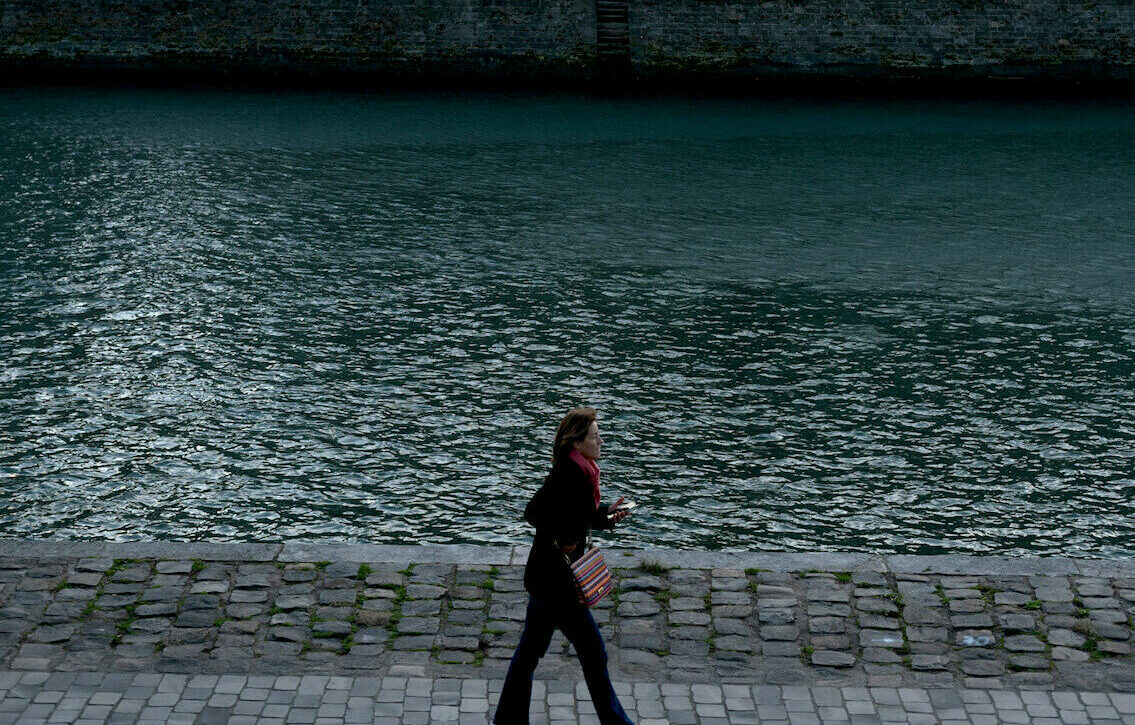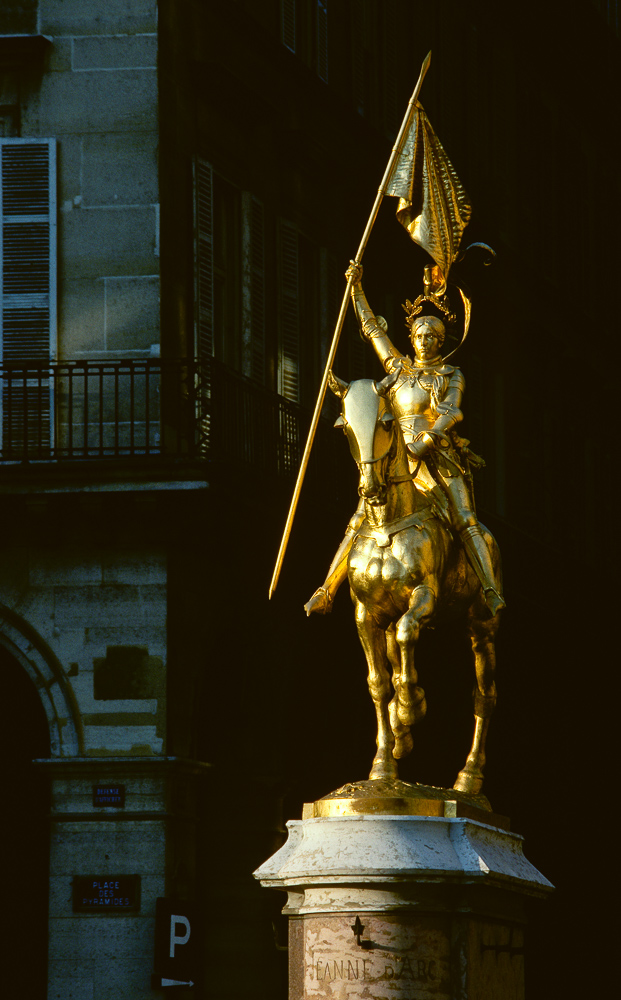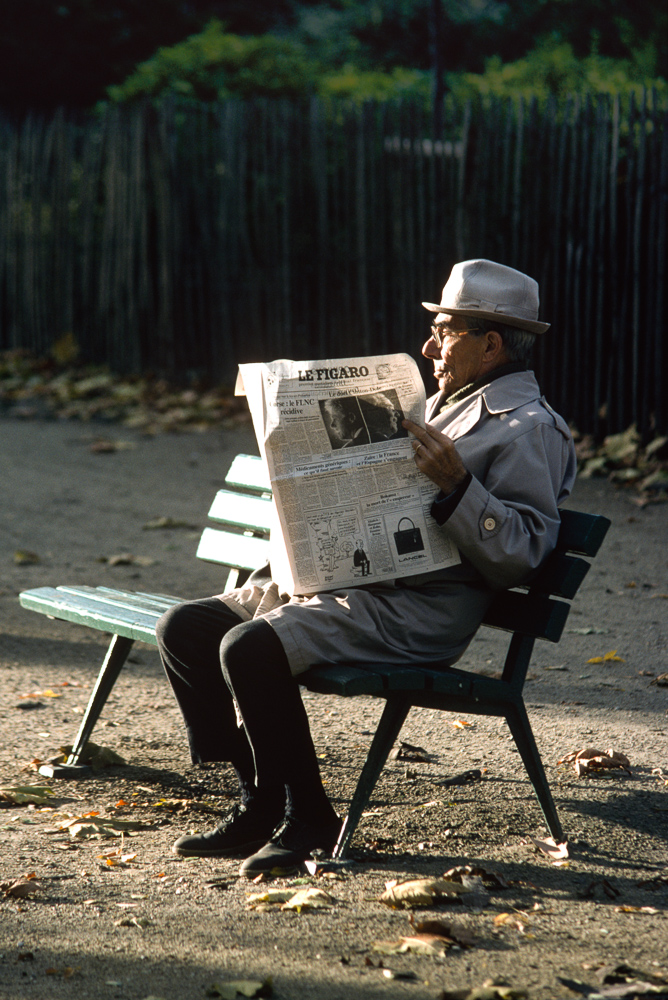Le métro – a survival guide
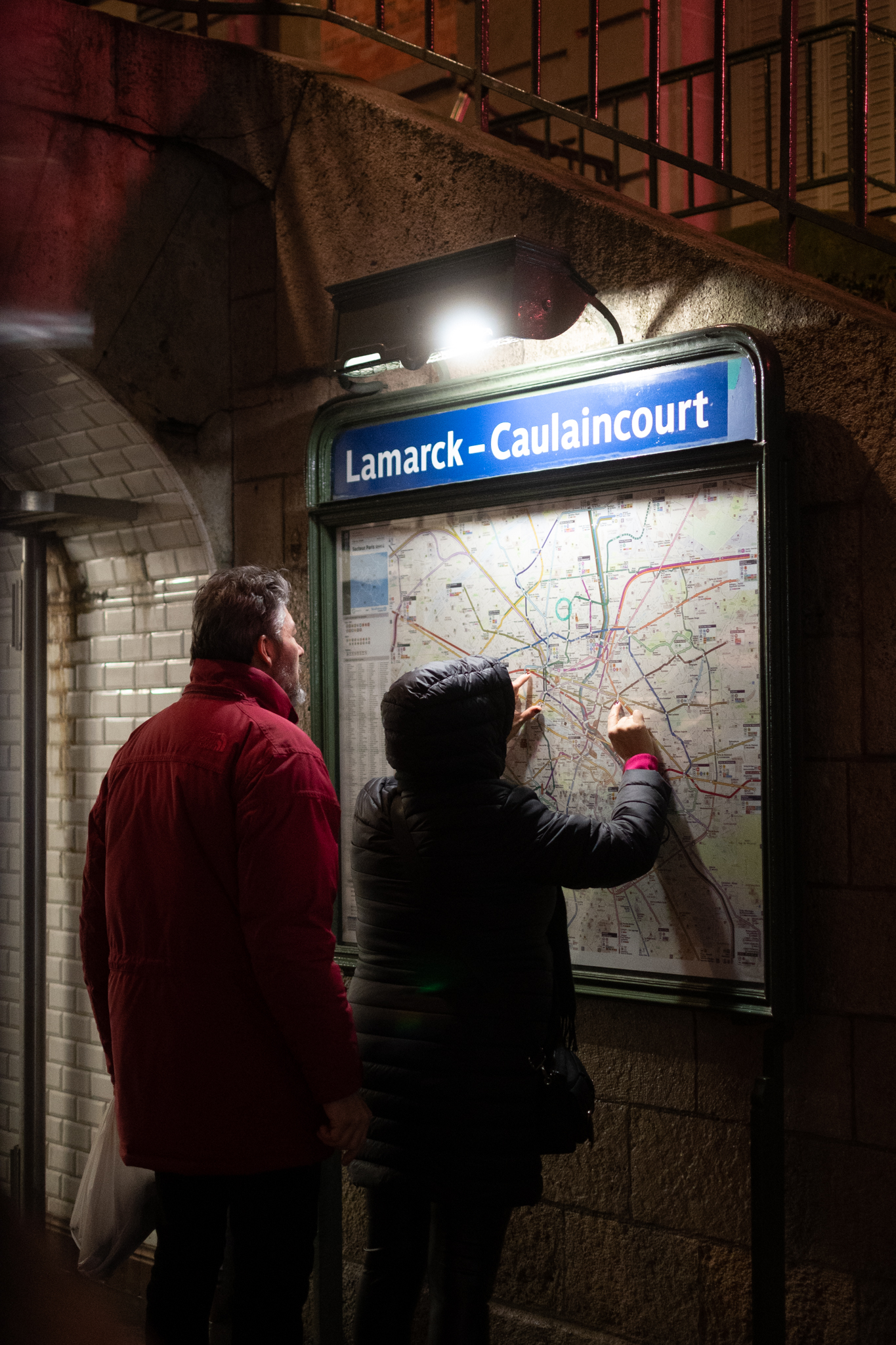
At only 105 km2, Paris is smaller than you might think, making it a pedestrian-friendly city. It only takes two hours to travel from north to south. You can also rent a Vélib (self-service bike) or Cityscoot (self-service scooter), take a taxi, Uber or Bolt (a more affordable version of Uber), the bus, the tram, the Batobus (a public boat service) if you’re traveling along the Seine, or – the infamous metro. If you choose the latter, here’s what you need to know:
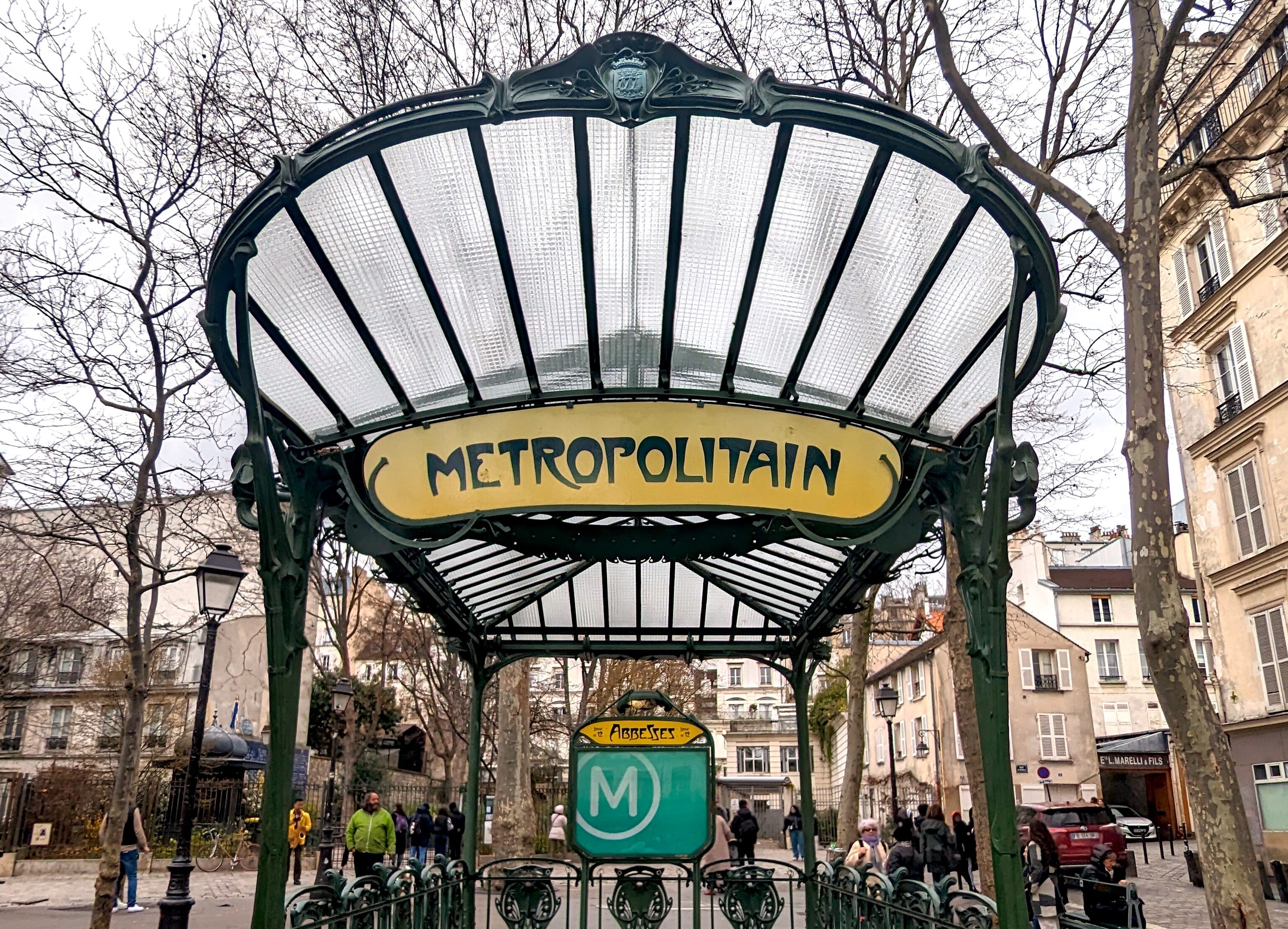
Which ticket should you buy?
A single ticket costs 2.15 euros. If you plan to use the metro at least ten times during your trip, a Navigo Easy pass (available at the station ticket office) is a more economical solution. The pass itself costs 2 euros and can be topped up with a carnet of ten for 17.35 euros. Find more info in English here.
Depending on the length of your stay and the number of times you plan to use the metro each day, you may want to consider a Paris Visite pass, which gives you unlimited travel for 1 to 5 days and costs 13.95 euros for one day and 44.45 euros for all five days.
What to do with leftover tickets
Don’t throw away any extra paper tickets you may have left over after your trip. Since they don’t have an expiration date, you can use them the next time you visit Paris. We recently found some old tickets from the 1990s that still worked perfectly. Just keep in mind that the RATP is slowly phasing out paper tickets, so no one knows how much longer the machines will accept non-electronic tickets.
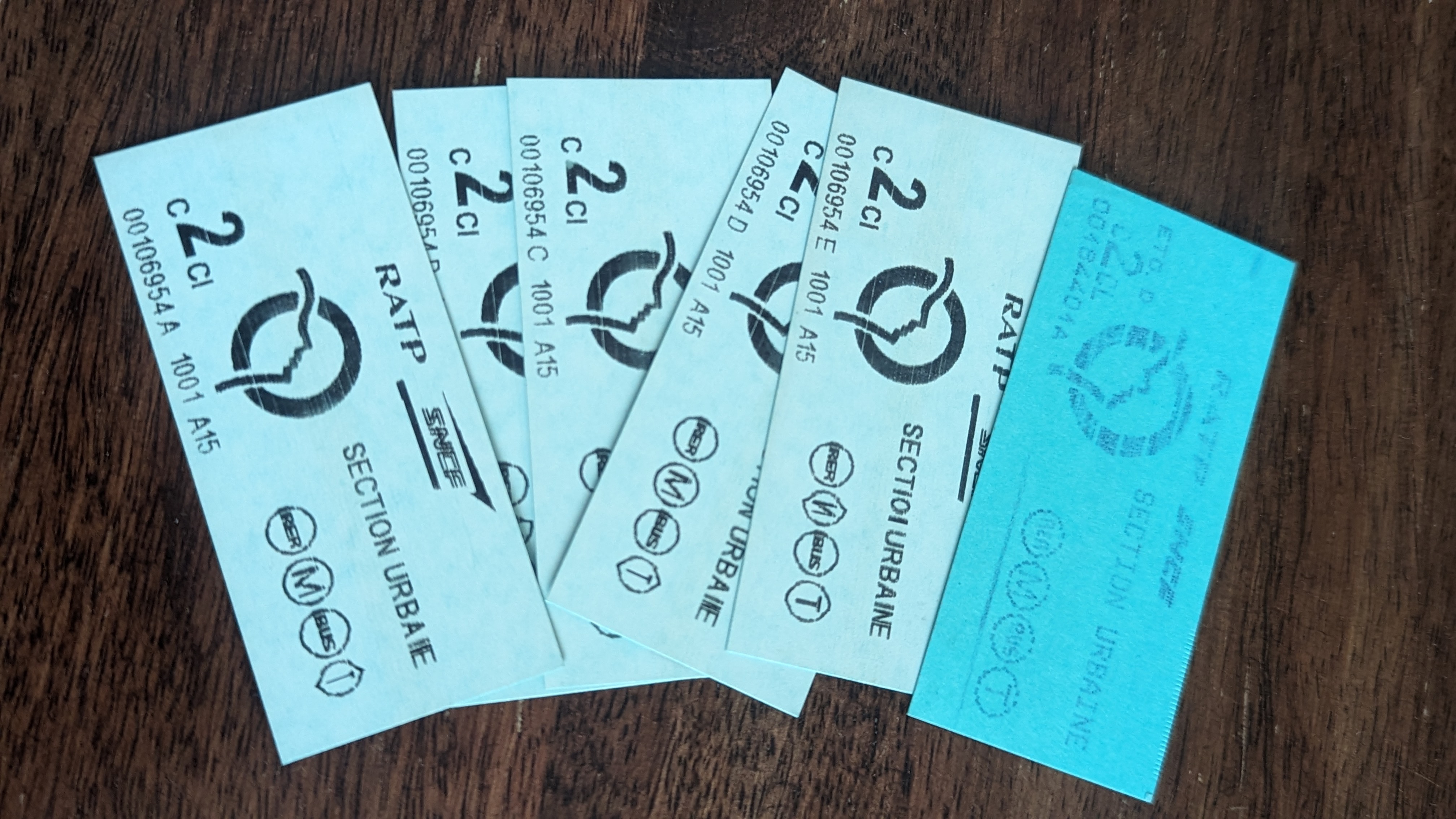
Avoid getting fined
Do not carry paper tickets next to your phone, as smartphones can inadvertently validate tickets, rendering them unusable. If this happens, you can exchange the faulty tickets for free at the ticket office. Always keep your ticket with you until you leave the station, as there may be ticket inspectors at the exit who don’t care that you’re a tourist and didn’t know any better.
Operating times
The last metro leaves at 1.15am on weekdays and at 2.15am on Fridays and Saturdays. The first runs at 5.30am if you want to stay out late (or get up at odd hours, but unless you have a flight to catch or jet lag, there’s really no good excuse for being out and about so early on your vacation).
You can always check your connection using this online timetable.

Pickpockets
Beware of pickpockets at all times, but be especially vigilant on the metro. One line that is very popular with thieves is line 1, as it covers many tourist sites. They are often easy to spot because they operate in groups.
Shockingly, most pickpockets are children who will approach you with a false question and while they distract you, their accomplice will strike. Unfortunately, since they are minors, the police can’t do much about them. That said, there are plenty of adult thieves on the loose, so be on the lookout for anyone who gets a little too close.
The line of hell
Avoid line 13. It ranks fifth on the worldwide subways’ list of shame, just behind some awful lines in Sao Paulo and Buenos Aires. Aside from the fact that it goes nowhere interesting (it runs through business districts in the south and thug areas in the north), it will make your trip miserable with regular traffic disruptions, extreme temperatures and the most insulting smells. Parisians affectionately call it la ligne d’enfer – the line of hell.

Find your perfect destinations
Now that you’re ready to use the metro like a pro, you need some worthy destinations to take it to. Get your personalized itinerary and discover Paris beyond the tourist sites with recommendations according to your preferences and style.


